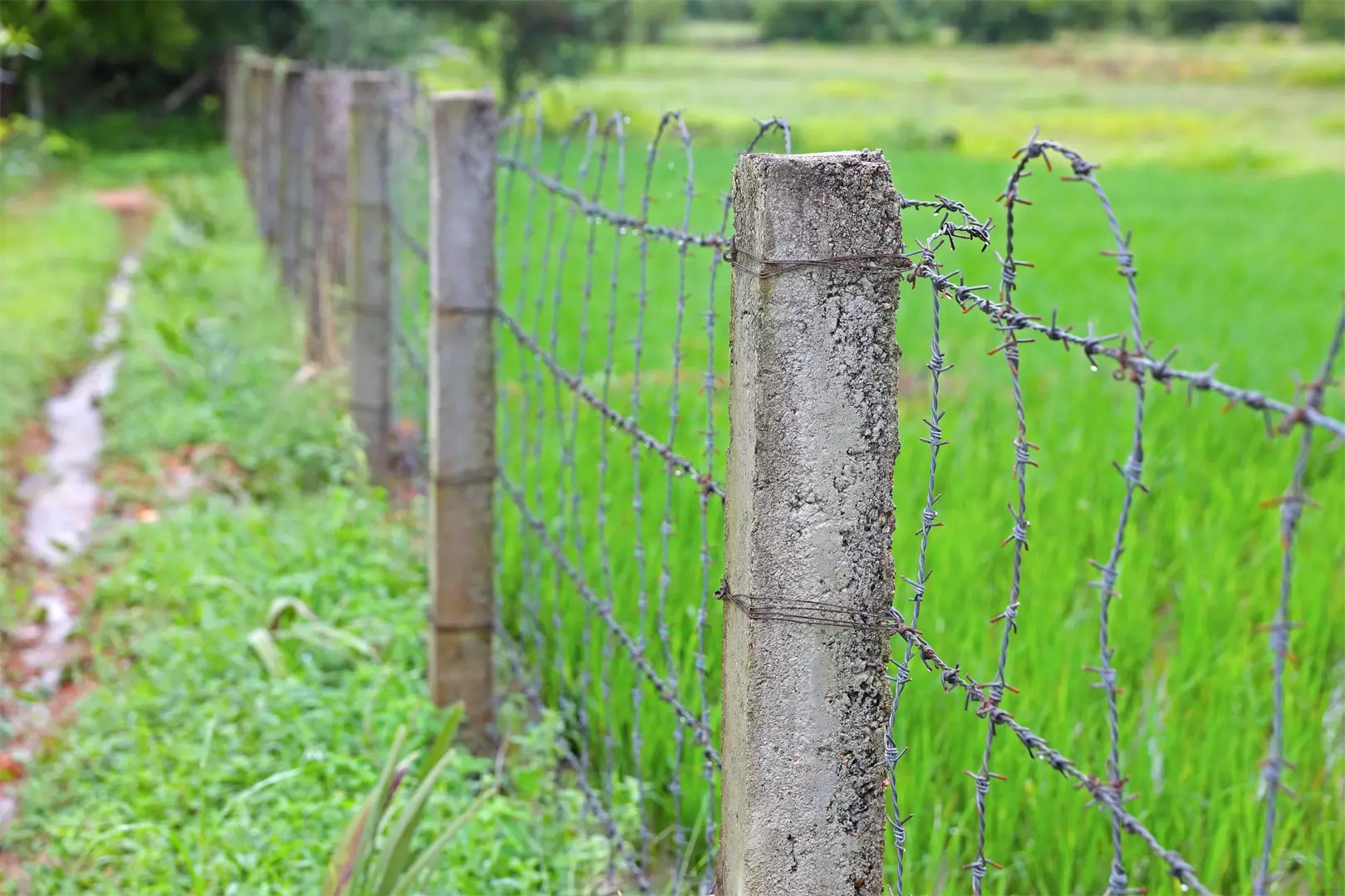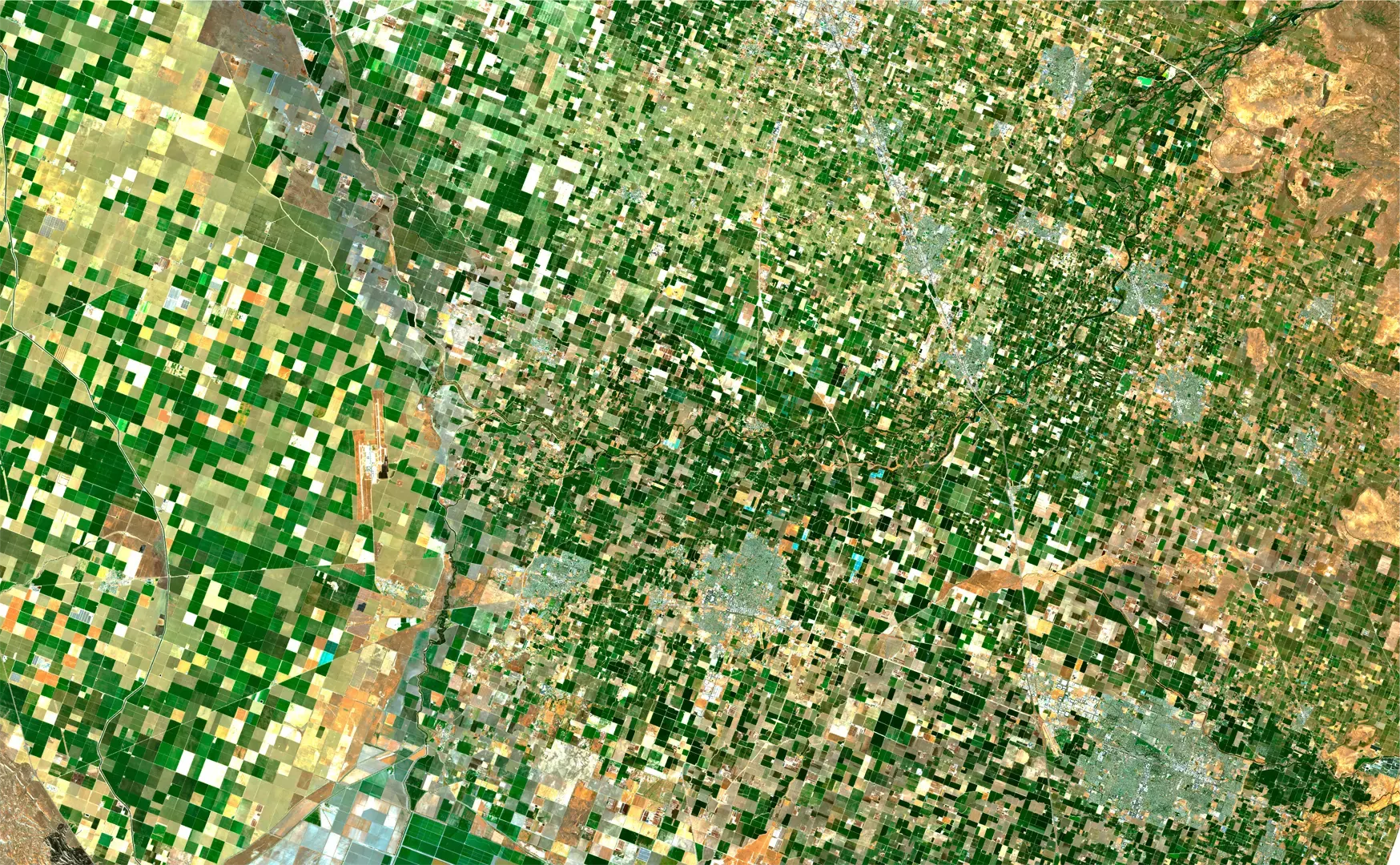Controversial claims
Analyzing historic CLU performance, PlanetWatchers supported a leading AIP in resolving a controversial claim, saving them over $4.2M.
A controversial claim in the crop insurance industry refers to an assertion made by an insured producer regarding their crop losses or damage that requires further investigation by the insurance company. These claims are contentious because they may involve disputes over the extent of the loss, the cause of the damage, or the eligibility for insurance coverage.
For example, a producer might submit a claim stating that their crop yield was significantly reduced due to adverse weather conditions, such as a severe drought or hailstorm. However, the insurance company may question the validity of the claim and suspect that other factors, such as poor farming practices or inadequate maintenance, may have contributed to the losses. In such cases, the insurer would need to investigate the claim further by gathering evidence, conducting field inspections, or consulting with experts to determine the legitimacy of the claim.
Controversial claims in the crop insurance industry can arise due to various reasons, including discrepancies in documentation, disagreements over policy terms and conditions, or differing interpretations of loss assessment methodologies. These claims often require extensive investigation, involving both the insurer and the insured party, to establish the facts and resolve any disputes that may arise.
It is worth noting that not all claims in the crop insurance industry are controversial, and many claims are resolved amicably through established procedures. However, when there are conflicting perspectives or uncertainties surrounding a claim, it becomes a controversial issue that demands additional scrutiny and investigation to reach a fair resolution.
Causes of controversial claims
Controversial claims arise from disagreements or uncertainties regarding policy terms, loss assessments, documentation, causation, or coverage interpretation.
Resolving these controversies often involves extensive investigation, documentation review, consultation with experts, and sometimes even legal proceedings to reach a fair resolution.
Arbitration
A dispute resolution process that can be utilized in the event of a controversial claim in the crop insurance industry.
Arbitration involves the appointment of an impartial third party, known as an arbitrator, who hears the arguments and evidence presented by both the insured producer and the insurance company. The arbitrator’s role is to make a binding decision that resolves the dispute.
Crop insurance companies should ideally try to avoid arbitration for several reasons. Firstly, arbitration proceedings can be costly and time-consuming, requiring legal representation, preparation of evidence, attendance at hearings, and potentially paying arbitration fees. By avoiding arbitration, crop insurance companies can save on expenses and resolve disputes more efficiently.
Additionally, entering into arbitration can create a perception of conflict or dissatisfaction, potentially damaging the insurance company’s reputation and customer relationships. By resolving claims through negotiation or alternative means, crop insurance companies can maintain a positive reputation and improve customer satisfaction. By avoiding arbitration, crop insurance companies retain more control over the resolution process and outcomes.
Arbitration proceedings are private and confidential, allowing companies to maintain greater privacy and confidentiality surrounding the claims process. Lastly, resolving disputes through negotiation or alternative methods allows insurers to preserve business relationships, demonstrate their commitment to customer service, and retain clients. However, it’s important to note that arbitration can still be useful for resolving complex or highly contentious claims when other means of resolution have been exhausted.
STEPS IN THE ARBITRATION PROCESS
1. Agreement to arbitrate
The insurance policy typically includes a provision that requires the parties to resolve disputes through arbitration. By entering into the insurance contract, both the insured producer and the insurance company agree to this method of resolving controversial claims.
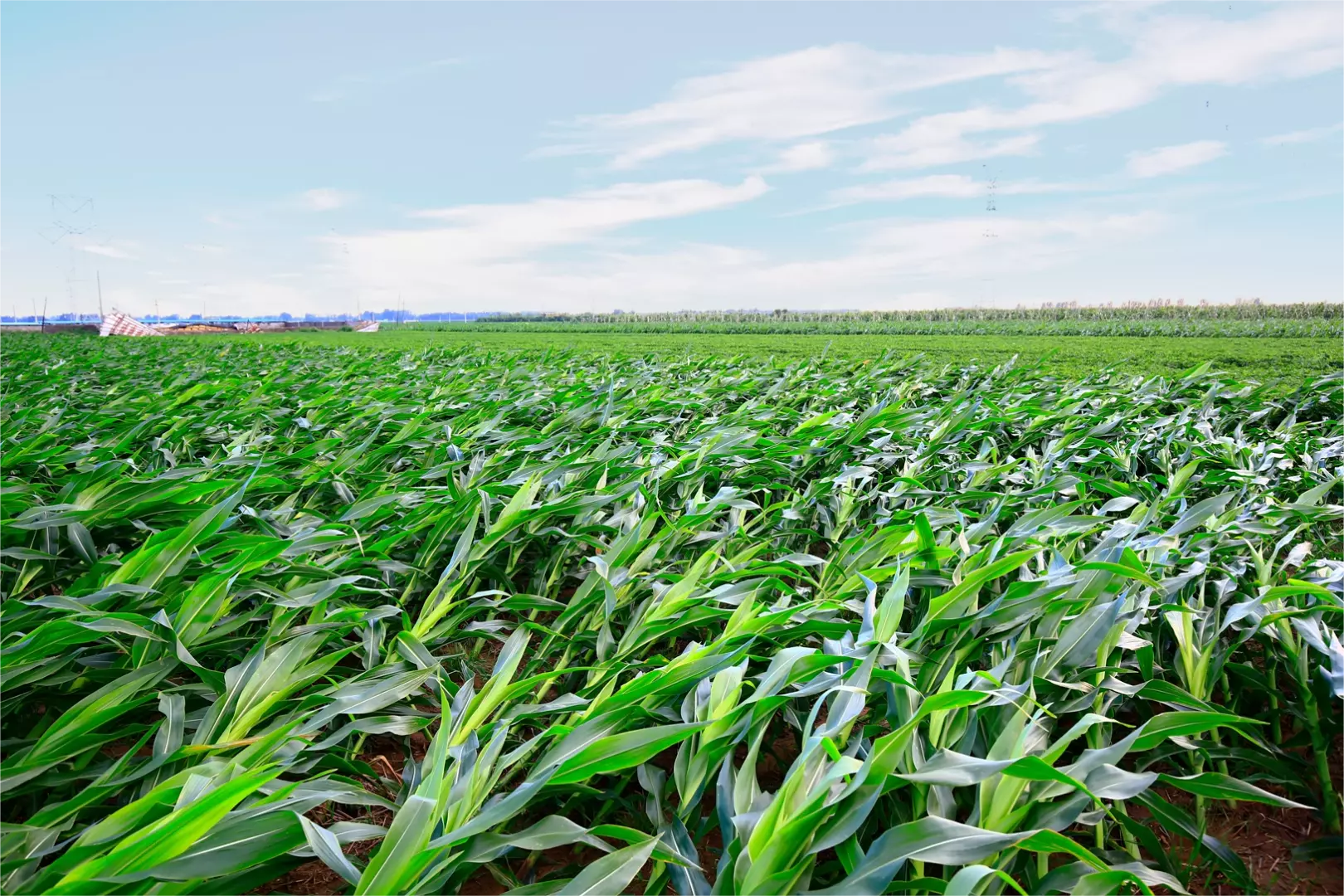
STEPS IN THE ARBITRATION PROCESS
2. Selection of arbitrator
The insured producer and the insurance company mutually agree on an arbitrator or follow the arbitration rules specified in the policy. The chosen arbitrator should be neutral and have expertise in crop insurance matters.

STEPS IN THE ARBITRATION PROCESS
3. Pre-hearing procedures
Before the arbitration hearing takes place, there may be pre-hearing procedures, such as the exchange of documents, evidence, and legal arguments between the parties. This allows each side to present their case and support their position.
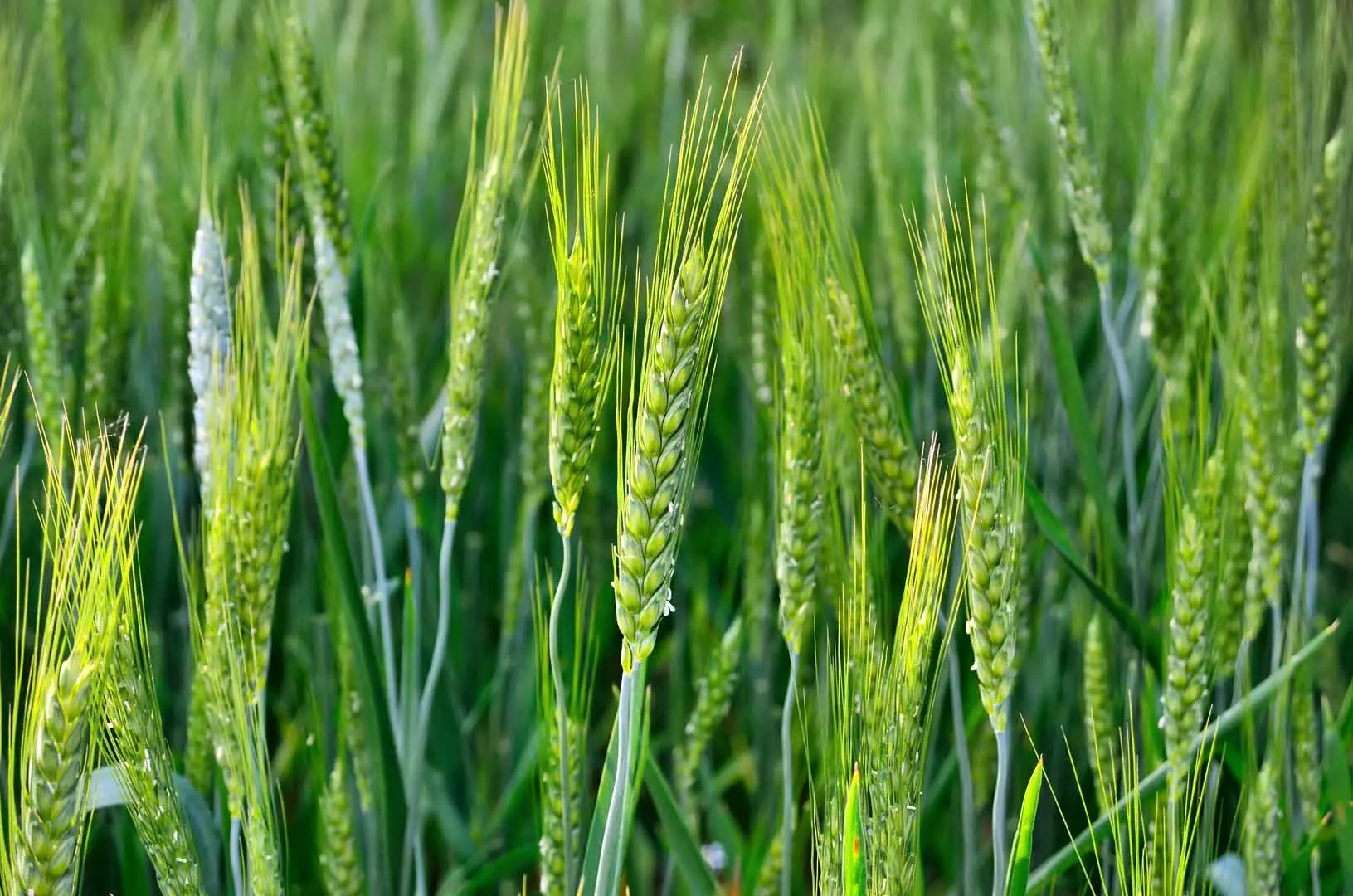
STEPS IN THE ARBITRATION PROCESS
4. Arbitration hearing
The arbitration hearing is a formal proceeding where both parties present their arguments, evidence, and witnesses to support their respective positions. The hearing follows established rules of procedure, and the arbitrator ensures that each party has a fair opportunity to present their case.
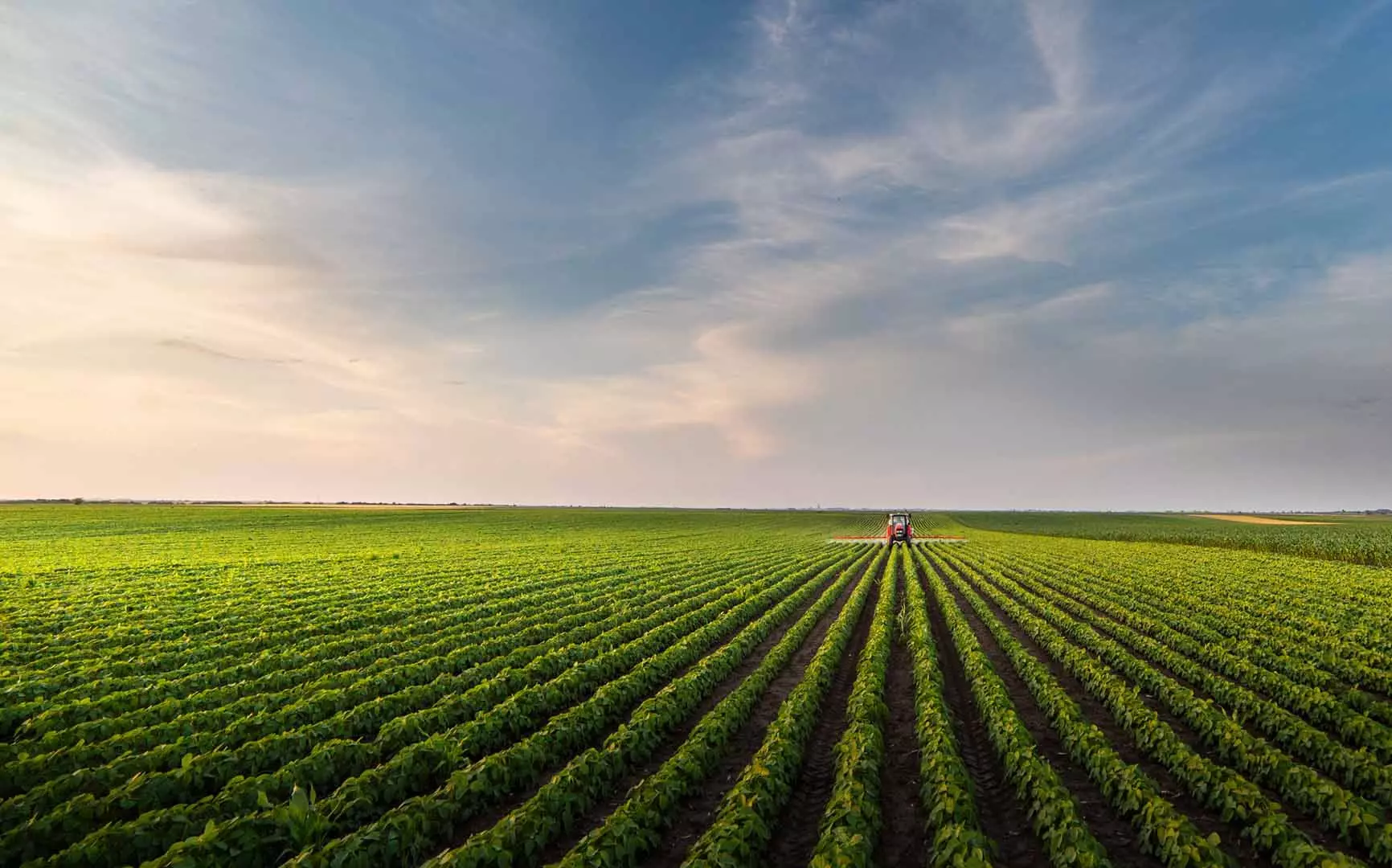
STEPS IN THE ARBITRATION PROCESS
5. Fact-finding and evaluation
The arbitrator examines the evidence and assesses the credibility of the witnesses. They may ask questions, request additional information, or consult experts if necessary. The arbitrator’s goal is to understand the facts and circumstances surrounding the claim.
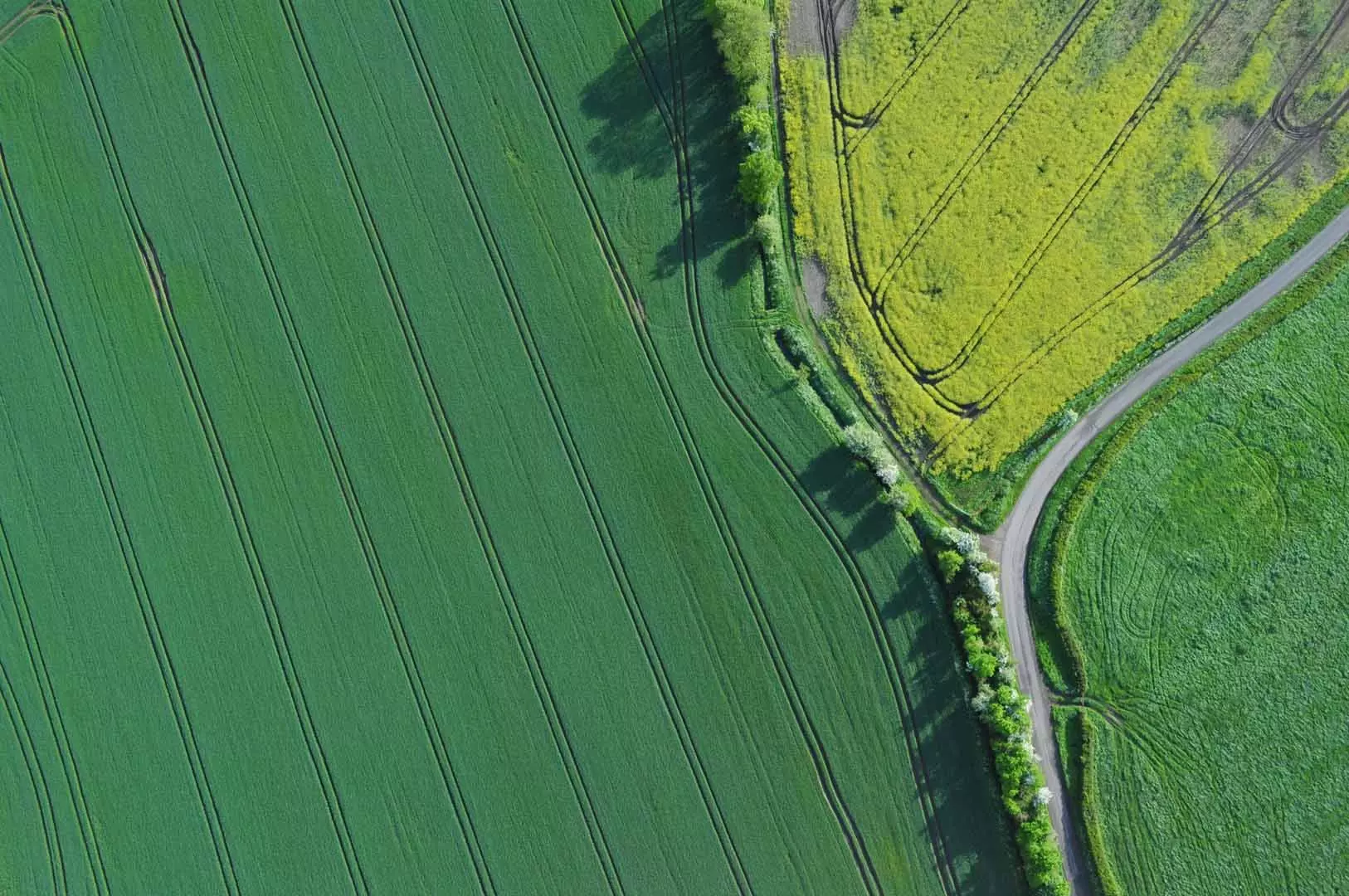
STEPS IN THE ARBITRATION PROCESS
6. Arbitration decision
Based on the information presented during the hearing and the applicable law or policy provisions, the arbitrator makes a binding decision to resolve the dispute. The decision is typically provided in writing and includes the rationale behind the decision.
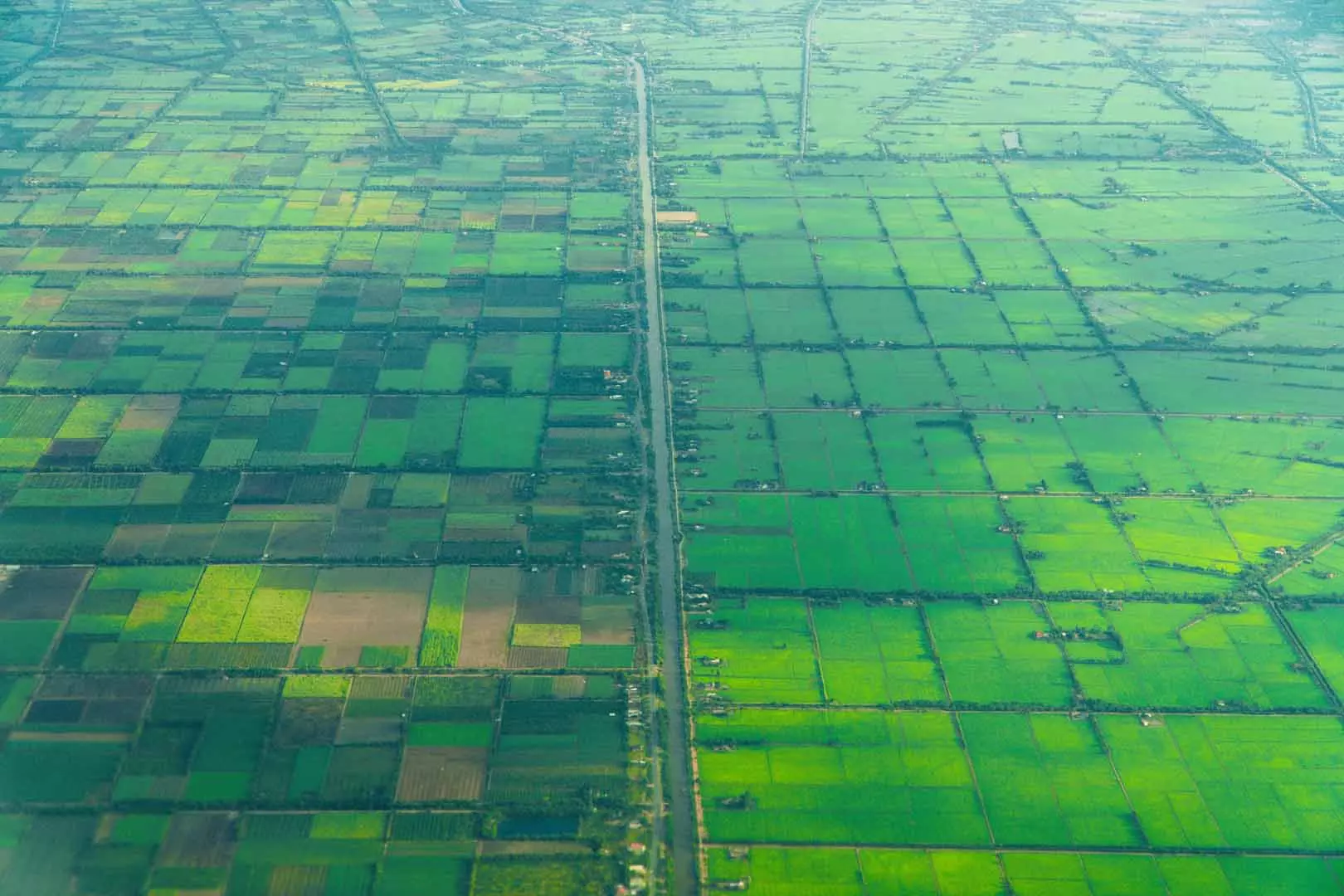
STEPS IN THE ARBITRATION PROCESS
7. Enforceability
Once the arbitration decision is rendered, it is legally binding on both parties. The decision is enforceable in court, and the parties must comply with the terms and resolutions outlined in the decision.
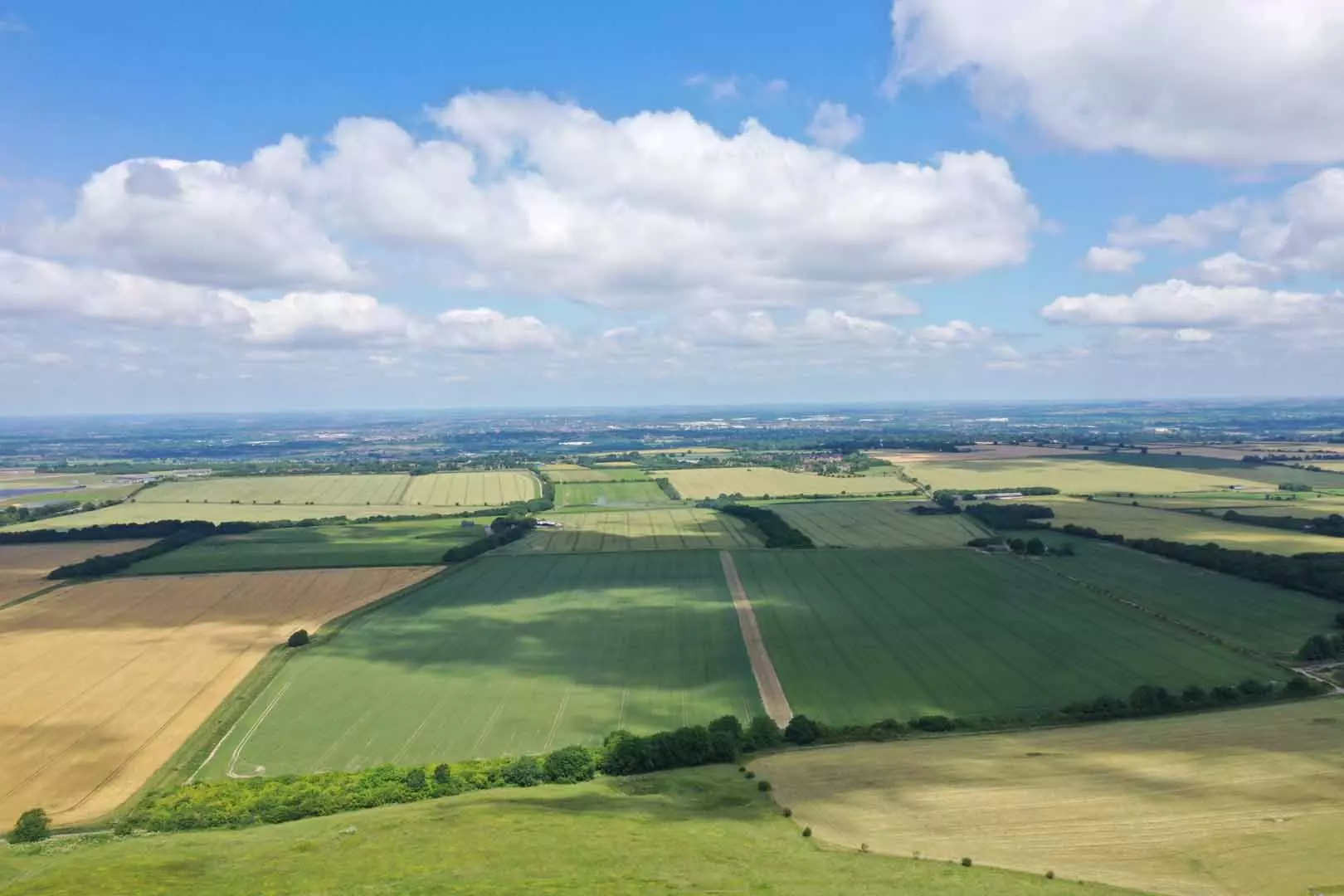
How can PlanetWatchers help?
Our specific expertise in crop insurance means we can analyze historical data at the field level.
Technology, specifically the utilization of Synthetic Aperture Radar (SAR), can play a crucial role in helping to avoid controversial claims in the crop insurance industry. By leveraging SAR, crop insurance companies can enhance their risk assessment capabilities, accurately monitor crops, detect fraud, expedite claim processing, and foster transparent communication. These advancements contribute to minimizing controversial claims, promoting fairness, and ensuring a more efficient and effective crop insurance industry.
PlanetWatchers identifies key signals in the past performance of CLUs, giving you the story of the field. We provide supporting visual evidence to validate farming practices, planting dates, planted crops, harvest dates, and field conditions, all on demand to resolve claims quickly.


